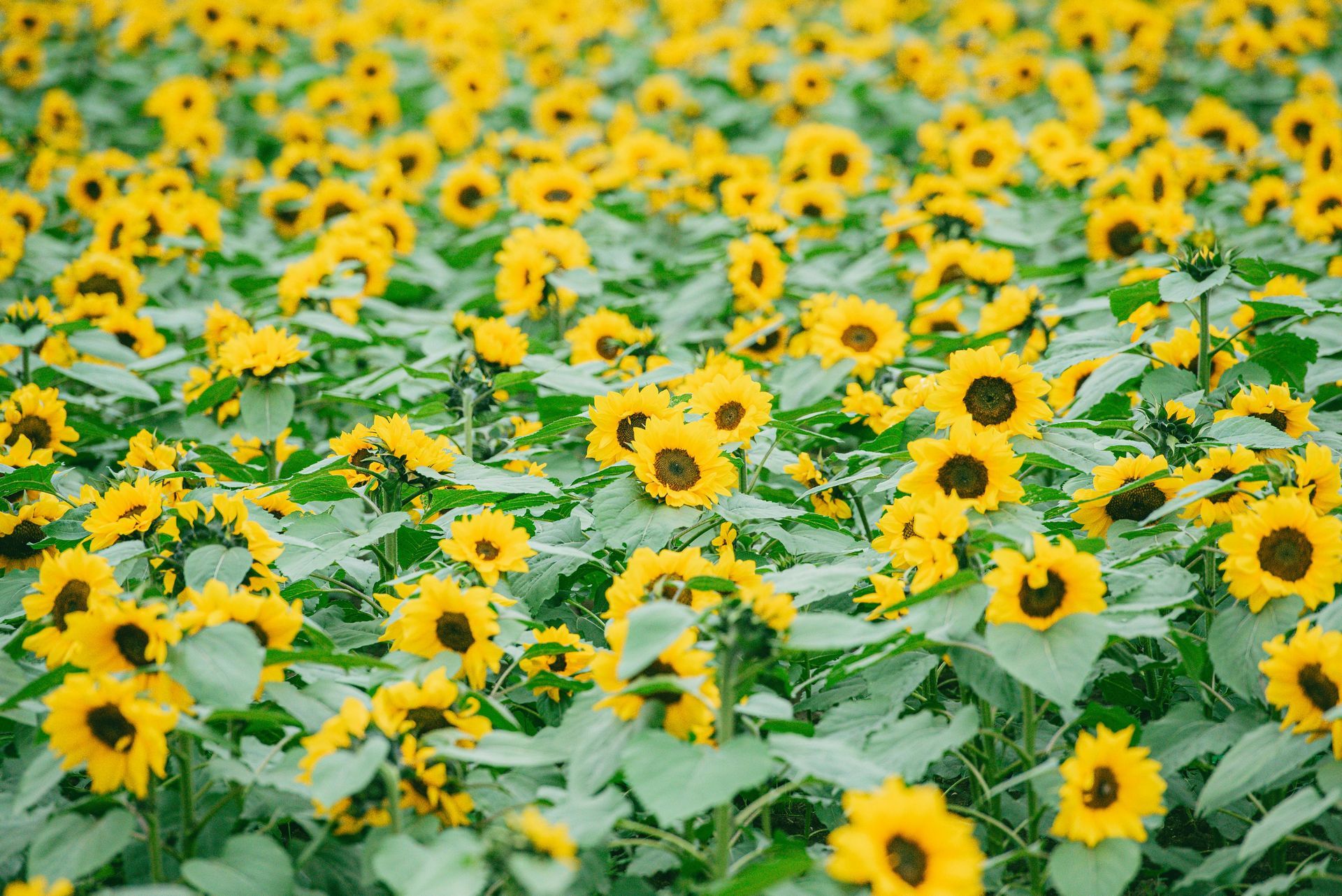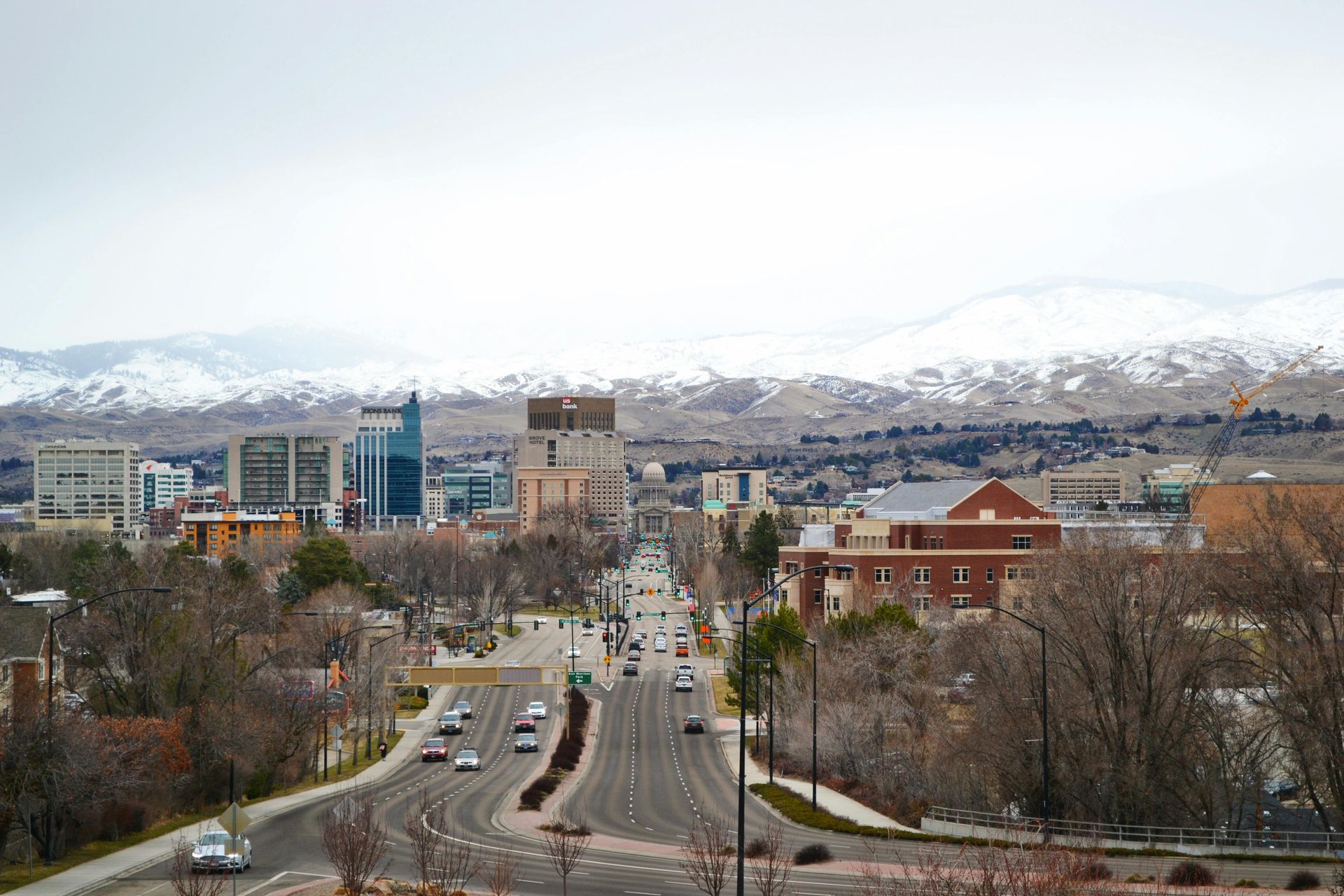Safeguarding Pollinators: Managing Pests with Bees in Mind
Imagine a world without the jubilant dance of butterflies, the diligent procession of ants, or the harmonious buzz of bees. These and other pollinators are vital cogs in the wheel of our ecosystem, their activities rippling through the survival of plants and, subsequently, the creatures reliant on those plants. Across the sagebrush-clad vistas and the alpine meadows of the Reno-Carson City area, the pollinators’ role often transcends the aesthetic, embedding into the very fabric of our food production and flora proliferation.
Pollination and Ecosystem Health
Bees, birds, bats, and other pollinators provide essential services by transferring pollen from one flower to another, thus fertilizing plants and enabling them to bear fruit. An estimated one-third of the food we consume each day relies on these insects and animals' pollination services. This natural phenomenon is as crucial in our backyard gardens as it is across our sprawling agricultural lands, maintaining a healthful balance and diversity in nature that sustains our lives and livelihoods.
Various Pollinators: Beyond Just Bees
While bees are the poster species for pollination, myriad other creatures contribute to this process. In Nevada's dynamic landscapes, hummingbirds perform their aerial acrobatics to sip nectar, inadvertently carrying pollen on their feathers. Even nocturnal agents like moths and bats get involved, perpetuating nighttime pollination. Understanding and appreciating this diversity is crucial in adopting conservation efforts that support all pollinators, keeping our ecosystems robust and resilient.
Threats to Pollinator Populations
Despite their significance, pollinators face numerous threats, and their populations are in decline worldwide. Pesticides, often indiscriminate in their toxicity, pose a considerable threat by harming or disorientating these creatures, impeding their ability to carry out their roles efficiently. Excessive use of these chemicals has been linked directly to the plummeting number of pollinators, a trend that is alarming for both environmental and economic reasons.
Habitat loss further compounds the issue. As urban sprawl and industrial agriculture replace natural landscapes, the fibrous tapestries that sustain pollinators are torn apart, leaving them with fewer places to nest, feed, and thrive. Climate change, with its capricious weather patterns, also disrupts their fragile life cycles. The synchronicity between blooming plants and pollinator activity, honed over millennia, is now out of step, leading to mismatched timings that can be catastrophic for both flora and fauna.
Understanding Pests and Their Impact
In striving to coexist with nature, limitations arise when some insects take on the role of pests. These are not the pollinators we seek to protect but rather the unwanted guests that can cause harm to our homes, health, and gardens. In the Reno-Carson City expanse, homeowners are all too familiar with the irritation and damage from common pests like ants, cockroaches, and wasps.
Defining What Constitutes a Pest
A 'pest' is loosely defined as any organism that is detrimental to humans, their activities, or the environments we reside in. This term, broad and subjective, is often dependent on context. An insect beneficial to an ecosystem can become a pest in a human habitat. Recognizing the role and place of each creature in the natural order is essential for managing them responsibly.
This point is where the journey of safeguarding pollinators while managing pests begins—an intricate dance of fostering life that benefits our surrounding nature and respectfully curtailing that which does not.
The Economic and Health Consequences of Pests
When we consider pests, our minds often leap to the annoyance of a mosquito's hum or the revulsion tied to a cockroach's scramble. However, their impact can stretch beyond mere discomfort, inflicting tangible distress on our health and pockets. An unchecked pest presence can foster diseases such as West Nile virus or trigger allergic reactions. Economically, pests can be a heavy burden, damaging crops, or necessitating costly home repairs. This is why proactive and strategic pest management has become not just a convenience but a necessity for homeowners throughout the communities we cherish in Nevada.
Common Pests in Residential Areas
Understanding the usual suspects of pest trouble in our region helps tailor the battle plan. In the realms of Border Town to Sun Valley, homeowners might confront armies of ants in search of sustenance, encounter wasps setting camp by eaves, or grapple with the tenacity of spiders weaving their silken designs in hidden home corners. While these pests are part of our shared natural world, their infiltration into human homes can be safely and effectively managed with careful considerations for the environment.
Integrating Pollinator Protection in Pest Control
True stewardship involves respecting and preserving life, balancing the need for pest control with the duty to defend the pollinators that our blossomed landscapes rely upon. Our approach to pest management must morph, integrating strategies cognizant of our flying friends' irreplaceable presence.
Environmentally Conscious Pest Management Practices
The convention of reaching for chemical solutions to pest problems is becoming increasingly passé, especially for families prioritizing health and habitat. Eco-conscious homeowners have various tools that don't involve reaching for the sprayer. Mechanical barriers such as nets, properly sealed windows, and doors, or even some inventive landscaping can reduce pest ingress without collateral damage to pollinators. When chemicals must be used, opting for selective application and products that pose minimal risks to bees and other pollinators reflects a responsible engagement with the natural world.
Innovative Approaches to Pest Control
Advancement in eco-friendly pest control has borne fruit in biological control methods that apply nature's checks and balances. Introducing natural predators or competitors, such as ladybugs to combat aphid populations, is an example of encouraging natural ecosystem functions that protect your home's sanctity. These techniques celebrate life's interconnections, ensuring a peaceful cohabitation with the environment.
Creating Pollinator-Friendly Habitats
In places like Reno and Carson City, where the rugged beauty of nature is a stone's throw away, recreating such habitats in our backyards endows pollinators with safe havens. Planting native flowers, ensuring blooms throughout the growing seasons, and offering shelters like bee hotels are small but impactful ways of building a sanctuary for pollinators. The efforts of local initiatives, such as Nevada Wildlife Federation's endeavors, mirror the community's environmental guardianship and serve as an inspiration for individual action.
Best Practices for Homeowners
Residents in and around Reno know that maintaining a comfortable and safe home environment involves mindful decisions, especially when it pertains to pest management. A harmonious existence with our six-legged neighbors requires knowledge and discretion, aiming not just to deter unwanted guests but also to uphold our precious pollinator populations.
Identifying Beneficial Insects
Key to this balance is the ability to distinguish between beneficial insects and pests. As partners in our gardens' upkeep, insects such as the European honeybee, green lacewings, and hoverflies play a vital role in pollination and pest control themselves. Understanding their characteristics allows homeowners to encourage their presence, fostering an eco-friendly environment that naturally mitigates the need for more aggressive pest control measures.
DIY Pest Control with Pollinators in Mind
Bringing this understanding into action, DIY pest control can be safe and effective when executed with consideration for our buzzing allies. Home remedies, such as using essential oils like peppermint or eucalyptus to deter pests, can be a safe start. Ensuring that your outdoor lighting isn’t attracting insects unnecessarily and keeping your yard clean from debris where pests can breed are prudent steps toward keeping their numbers at bay, while safeguarding the crucial work of pollinators.
When to Seek Professional Help
Yet, there is a threshold where expert intervention becomes the prudent choice. When infestations become more than a minor annoyance—a potential threat to the well-being of your family and home—professionals equipped with the right tools and knowledge can provide a targeted approach that minimizes environmental impact. Seeking out services that value sustainability, safety, and efficacy is integral to the health of your household and our flourishing Nevada landscapes.
Case Studies and Success Stories
Across the valleys and high deserts of Nevada, stories abound of communities and homeowners who have taken up the gauntlet to protect pollinators while keeping their homes pest-free. These narratives are not just anecdotal but are shaping the future of eco-conscious living in our region.
Communities Embracing Bee-Friendly Pest Control
The buzzing city of Sparks serves as a beacon for such practices, where urban and suburban landscapes are becoming increasingly integrated with eco-friendly methods. Community gardens in the heart of the city are adopting pollinator-friendly planting and pest management methods that are non-invasive and selective, debunking the myth that nature cannot thrive in developed areas.
Impact of Sustainable Practices on Local Environments
These initiatives' ripples are felt in the resurgence of local pollinator populations and the subsequent flourishing of gardens and green spaces. Such successes lay the groundwork for a continued partnership between professional pest control experts and homeowners, one where education and collaboration pave the way toward a blossoming, pest-resilient community.
Guidance from Experts
Confronted with the dual challenges of pest management and pollinator protection, seeking advice from experts in the field is invaluable. Entomologists and eco-friendly pest control professionals provide a compass that guides us toward practices that are as kind to the environment as they are tough on pests.
Tips from Entomologists
The scholarly insights of entomologists emphasize the importance of understanding insect behaviors and life cycles. This knowledge becomes a powerful tool, creating a strategy to deter pests while sparing those that benefit our ecosystems. They advocate for monitoring and identifying pests accurately to employ the most effective and least intrusive control methods.
Eco-Friendly Pest Control Companies' Approaches
Eco-conscious pest control companies mirror these principles by providing solutions tailored to the unique challenges of each home. Their approach often fuses traditional knowledge with modern science, offering an array of organic products and targeted treatments that respect the delicate balance of our local ecologies.
Controversies and Common Misconceptions
With any shift towards greener practices, there are bound to be misunderstandings and scepticisms. Debunking myths about eco-friendly pest control and addressing concerns about pesticide use is critical to advancing these methods' acceptance and application.
Debunking Myths About Eco-Friendly Pest Control
Some may doubt the efficacy of eco-friendly solutions, but evidence and case studies strongly support their success. In fact, when done correctly, eco-friendly pest control can provide long-term solutions that benefit not just individual households but entire communities.
Addressing Concerns About Pesticide Use and Bees
Public apprehension surrounding the use of pesticides and the safety of bees necessitates transparency and education. Highlighting the thoughtful application of pesticides and the push for products that are safe for pollinators helps ease these concerns while promoting better practices industry-wide.
The Balance Between Pest Management and Pollinator Health
The debate is not about choosing between pest control and pollinator health but about finding the balance that allows both to thrive. The convergence of these objectives is not only possible but increasingly implemented by those who consider the bigger ecological picture.
Steps Forward for Homeowners and Communities
The future is bright for those who take proactive steps to incorporate pollinator-friendly practices into their pest management routine. From adopting Integrated Pest Management (IPM) to contributing to community action plans, every effort counts towards a healthier, more sustainable world.
Adopting Integrated Pest Management (IPM)
IPM provides a framework that prioritizes less invasive methods first and escalates control measures as needed, always considering the environmental impact. Embracing IPM and its principles can be an empowering way for homeowners to take part in the wider initiative to protect our invaluable pollinators.
Community Action Plans for Pollinator Protection
Creating or participating in community action plans for pollinator protection cards our journey towards a healthy coexistence with nature. It's a collective movement in Nevada's communities, where the value of each individual's commitment to safeguarding pollinators is recognized and celebrated.
Educating the Public on Pollinator-Friendly Practices
Public education, as a cornerstone of environmental stewardship, underscores the need for informed choices. Sharing knowledge about pollinator-friendly practices helps spread the word, ensuring that each action taken is a step towards a thriving environment for all species.
Indeed, realizing a vision of a pest-free home that also cherishes pollinators is within reach, with informed choices and precise actions. Embracing these concepts, we can all contribute to a legacy that respects both our needs and the natural world we share.
If you are inspired to take the next step in Eco-Friendly Pest Control, ensuring both your household's comfort and the community's ecological health, explore the options available with us. For expert advice and services that align with the sentiments shared here,
feel free to reach out to us. Our commitment is to provide your family, and the beautiful Nevada environment, with smart, caring, and sustainable solutions.




